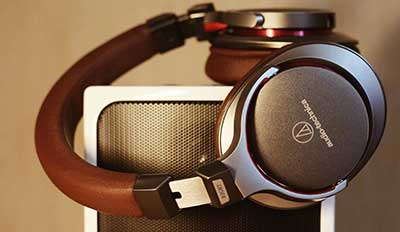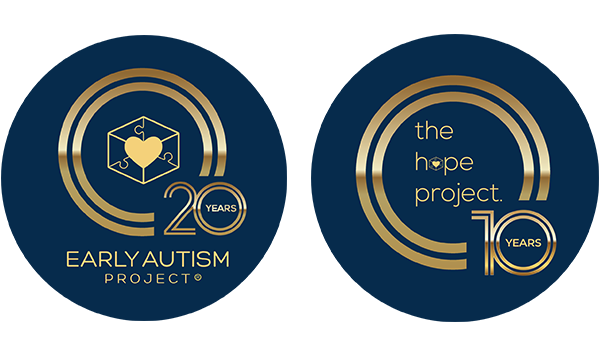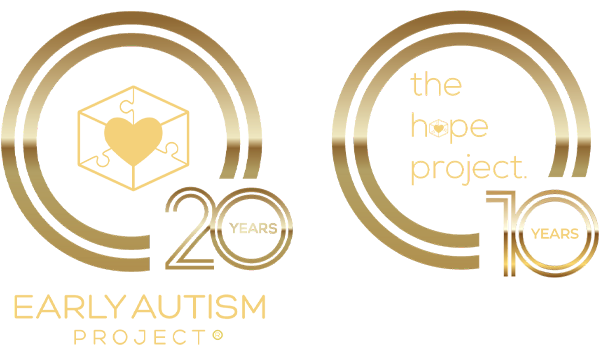
How To Desensitise Your Child With Autism To Sounds
As the year draws to an end, most schools will be closed for the holidays and it is during this holiday season that families would often go for a family trip. However, going away on a holiday may be stressful and potentially challenging for children with autism and their families.
Previously on our blog, we published an article on How To Successfully Prepare Children With Autism For A Holiday, and another article on Preparing Your Child With Autism For A Long Flight, and we hope that these articles would be useful during the preparations for your upcoming family trip.
In addition to that, some children with autism may have sound sensitivities, or tolerance issues to various sounds or loud noises. This issue can potentially be challenging, particularly if you intend to take a flight to your holiday destination. This week on our blog, we would like to share some tips and strategies on desensitising your child with autism to certain sounds, and we will be focusing on the loud sounds on an airplane.
You could also apply the following strategies to help desensitise your child to various other sounds as well!
IDENTIFY CHILD’S SENSITIVITIES AND POTENTIAL TRIGGERS
As you would know your child best, you would know what stimuli they are over-sensitive towards and could make them upset. In some children with autism, they may be sensitive to certain sounds (e.g. blender, vacuum), loud sounds (e.g. thunder, airplanes), and even a combination of too many sounds.
With regards to your child’s tolerance issue with sounds, you would want to identify the specific issue with the sound, for instance:
- Is it the volume of the sound?
- Is it the tone or pitch of the sound?
- Is the issue the surround sound (eg. echo, combination of various sounds)?
- Is it a tolerance to sudden sounds?
If your child has never been on an airplane before, and has sound tolerance issues, it may be safer to assume that your child may find it difficult to tolerate the loud engine sounds onboard the airplane. We would recommend preparing your child for this and starting the desensitisation process in advance.
HAVE A SYSTEMATIC DESENSITISATION PLAN
To successfully desensitise your child to a particular sound, it would be important to start at the level that they are comfortable with. From there, you would gradually increase the volume of the sound and work towards recreating the actual scenario as best possible. It is important to only increase the volume of the sound, after your child has built tolerance or is successful at each level.
For instance, if you are building your child’s tolerance towards the sound of an airplane, you could break it down as such:
- Sound on the phone (Volume at 50%)
- Sound on the phone (Volume at 100%)
- Sound on the speakers (Volume at 50%)
- Sound on the speakers (Volume at 100%)
The above breakdown serves as a general guideline. We recommend individualising the breakdown for your child, depending on the severity of the tolerance issue.
PAIR THE DESENSITISATION WITH REINFORCEMENT
It would be important to pair the desensitisation process with reinforcement, so that your child feels successful for tolerating the stimuli/loud sound. We recommend reinforcing your child at each level, utilising a strong reward.
Additionally, do communicate the expectations and reward in advance, before starting the desensitisation practice, in order to motivate your child to tolerate the sound.
TEACH REPLACEMENT BEHAVIOUR
In order to help your child with autism successfully cope with the sound, it may be effective to teach your child a replacement behaviour (that is more socially appropriate) as compared to getting upset and displaying a tantrum.
For instance, your child could squeeze his hands together, squeeze a stress ball, or have a fidget, while coping with the sound.
Alternatively, you could also utilise noise-cancelling headphones or earplugs to help your child better tolerate the loud sound.
BE PREPARED
It is important to acknowledge that this desensitisation process can be challenging for your child with autism, and there may be rough days. If your child finds it difficult to tolerate or cope when you increase the level, we would recommended moving down a level and restart from there, in order to keep your child successful.
The above are some of the guidelines and strategies to help desensitise your child with autism towards sounds, and can be practiced for all types of sounds. As each child with autism is different, these suggestions will need to be individualized to further meet the different requirements of each child. Also, we would recommend targeting only one tolerance issue with your child at a time, so that they would feel successful instead of feeling overwhelmed.
We wish you the very best in preparing for your child with autism for a holiday! Please do not hesitate to contact us at 03-20940421 or at info@autismmalaysia.com should you need anymore assistance.

